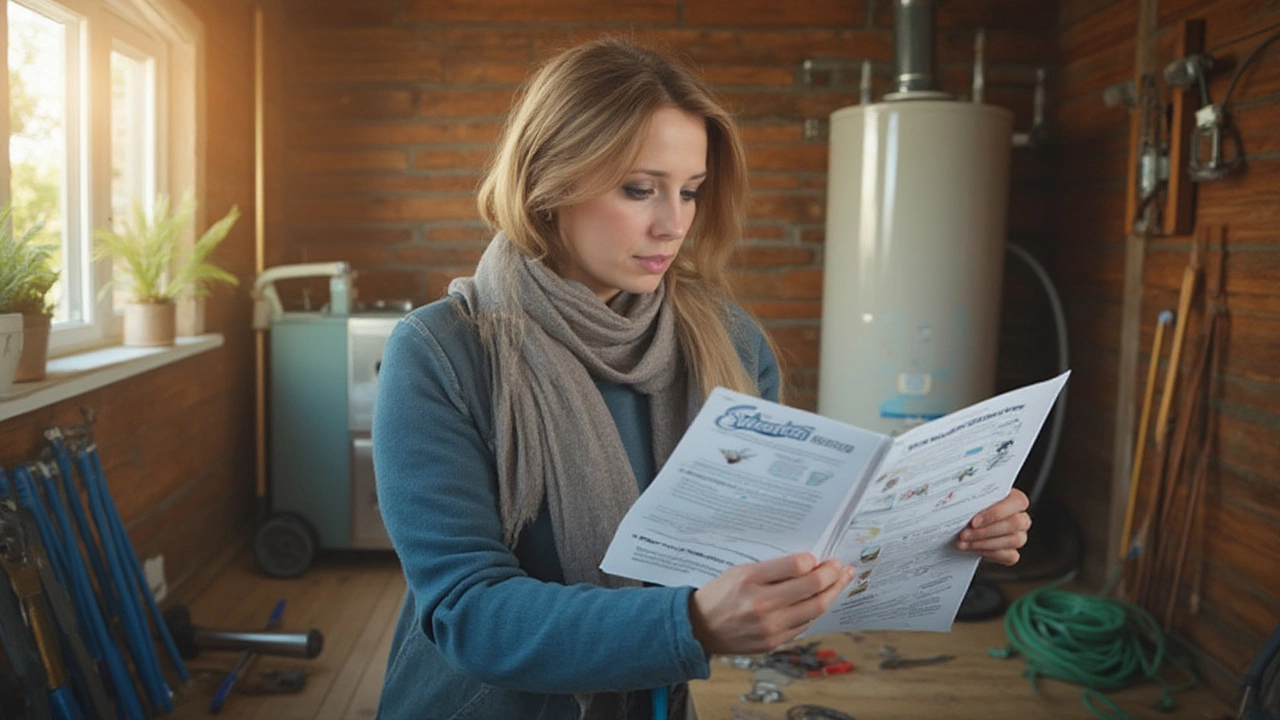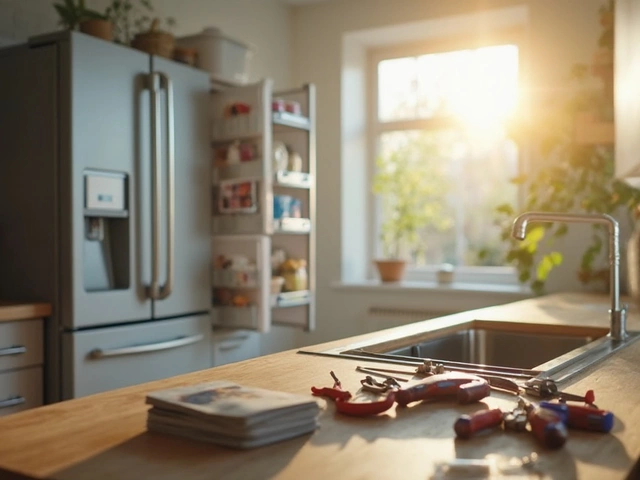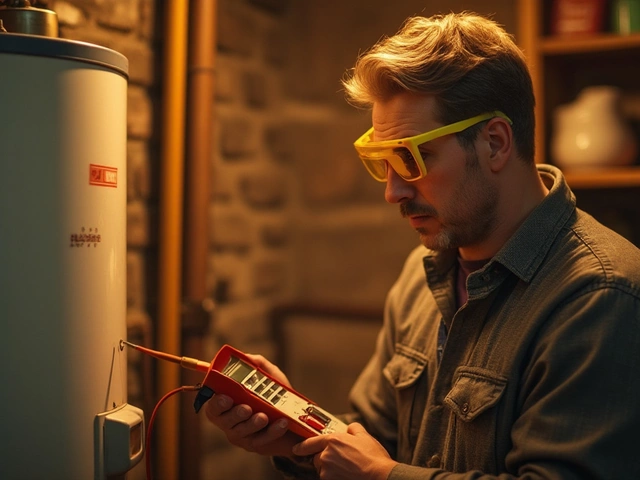If you’ve ever seen a chalky film inside a kettle or on a showerhead, you’ve met limescale. It’s mineral deposits left behind when hard water heats up or sits still. The white crust isn’t just ugly – it can clog pipes, lower heating efficiency, and shorten the life of appliances like washing machines, dishwashers, and boilers. The good news? You don’t need a PhD to get rid of it, and you can keep it from coming back.
Hard water contains high levels of calcium and magnesium. When the water is heated or evaporates, those minerals settle out and create a hard layer. The hotter the water, the faster the deposits build up. That’s why kettles, coffee makers, and water heaters see the most limescale. Over time, the layer acts like insulation, making the appliance work harder and use more energy. It also narrows water flow, leading to slower rinses or weaker spray in dishwashers.
First, tackle what you already have. A 1:1 mix of white vinegar and water works wonders on most surfaces. Fill the kettle, run it to a boil, then let it sit for 30 minutes before rinsing. For showerheads, soak the fixture in a bag of vinegar overnight and then scrub off the residue. If you prefer a citrus smell, lemon juice does the same job – just apply, wait, and rinse.
When vinegar isn’t enough, commercial descaling products are available. Look for ones that list citric acid or sulfamic acid as the active ingredient. Follow the label, usually a short soak or a quick run‑through, then flush with clean water.
Prevention saves you time and money. Installing a water softener or a point‑of‑use filter reduces the mineral load before it reaches your appliances. If a full system is out of budget, use a cheap inline filter on the kettle tap or the washing machine inlet. Regular maintenance also helps – run an empty hot cycle with a cup of vinegar in your dishwasher once a month, and flush the washing machine with a hot water cycle and a splash of vinegar every few weeks.
Don’t forget the small things. Wipe down taps and showerheads after each use to stop droplets from drying into scale. Keep the rubber seal of your washing machine door clean and dry, as moisture encourages mineral buildup.
Finally, watch the signs. A slower filling kettle, a whistling but not heating boiler, or a cloudy glass of water can all point to rising limescale. Catching it early means you’ll only need a quick clean, not a costly part replacement.
Bottom line: limescale is a common nuisance, but with a few simple habits – vinegar soaks, regular descaling runs, and a basic water softening step – you can keep your appliances running smoothly and your energy bills down.

Wondering if you can flush your water heater yourself? Learn the step-by-step process, tools you'll need, and expert tips to extend your water heater's life.

Wondering if your 20-year-old oven can be repaired? Discover repair tips, replacement part insights, costs, and when it makes sense to swap your old oven for a new one.

Discover what makes some refrigerator repairs more costly than others. From compressor issues to electronic faults, fixing these problems can hit your wallet hard. We'll uncover why some are pricier than others and offer tips on how to avoid them. Learn about preventive measures to save you money in the long run. This guide is a must-read for every fridge owner looking to keep repair costs at bay.

Unravel the mysteries of oven troubles with a comprehensive guide that walks you through common issues and their solutions. From unexpected cold spots to issues with heating elements, this article explores practical approaches to diagnosing and fixing your oven. Learn about signs to watch out for, potential tools needed, and tips to maintain your oven's optimal performance. Perfect for homeowners who want to save a little cash and feel empowered to tackle minor repairs before calling in the professionals. This guide makes oven repair accessible and doable for the average person.

Wondering if you should repair your washing machine or just buy a new one? This article breaks down when it's smart to fix your appliance and when it's better to let it go. Get tips on common washing machine problems, repair costs, and simple troubleshooting steps. Plus, learn how to avoid getting ripped off by price gouging repair techs. If laundry day is starting to look like a coin toss, read this before calling the junk hauler.

Diagnosing a faulty hot water heater element can seem daunting, but it's an essential skill for any homeowner. Key indicators like water temperature issues, noises, and prolonged heating cycles are telltale signs of a bad element. This article provides practical advice on how to inspect and test your heater element using accessible tools. Also included are safety tips and maintenance recommendations to extend the lifespan of your water heater.